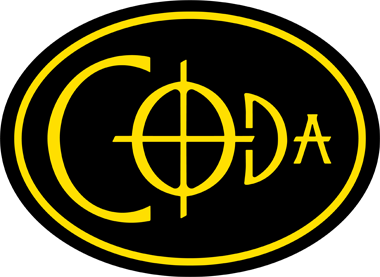- Listen to the audio a few times and follow the music notation with your eyes.
- While listening to the audio and reading the music notation, tap your foot to the beat and sing along (“Too, Too, Too…”).
- Without the audio, play the song on Coda, very slowly at first, reading the music notation.
- When ready, play along with the audio.
At the beginning of all the songs in Units 1 and 2, you’ll see a 4 over another 4. 4/4 is the time signature, so we say that Sou Gan is in 4/4 time, or “four-four time.”

To understand what 4/4 time means, we must first define bar lines and measures. The musical staff is divided into measures (or bars) by vertical lines called bar lines. In the picture above, there are two measures. Each measure has a certain number of beats.
Take a moment and point to the bar lines. Then point to the measures. Can you count the number of beats in each measure?
In 4/4 time, the top 4 means that there are four beats in each measure. The bottom 4 means tells you that a quarter note lasts one beat (which makes sense because a quarter can be written as ¼).
- Top # = beats per measure
- Bottom # = note that lasts one beat
So…
What does 2/4 time mean? (We say it like this: “two-four time.”)
- 2 There are two beats per measure.
- 4 A quarter note lasts one beat.
What does 3/4 time mean? (“Three-four time”)
- 3 There are three beats per measure.
- 4 A quarter note still lasts one beat.
What does 2/2 time mean?
- 2 There are two beats per measure.
- 2 BUT this time, a half note lasts one beat.
Now, before you go, use the musical staff above to explain to all of us what 4/4 time means.😀
The next song in Unit 1 is Pitter Patter.
Sou Gan





